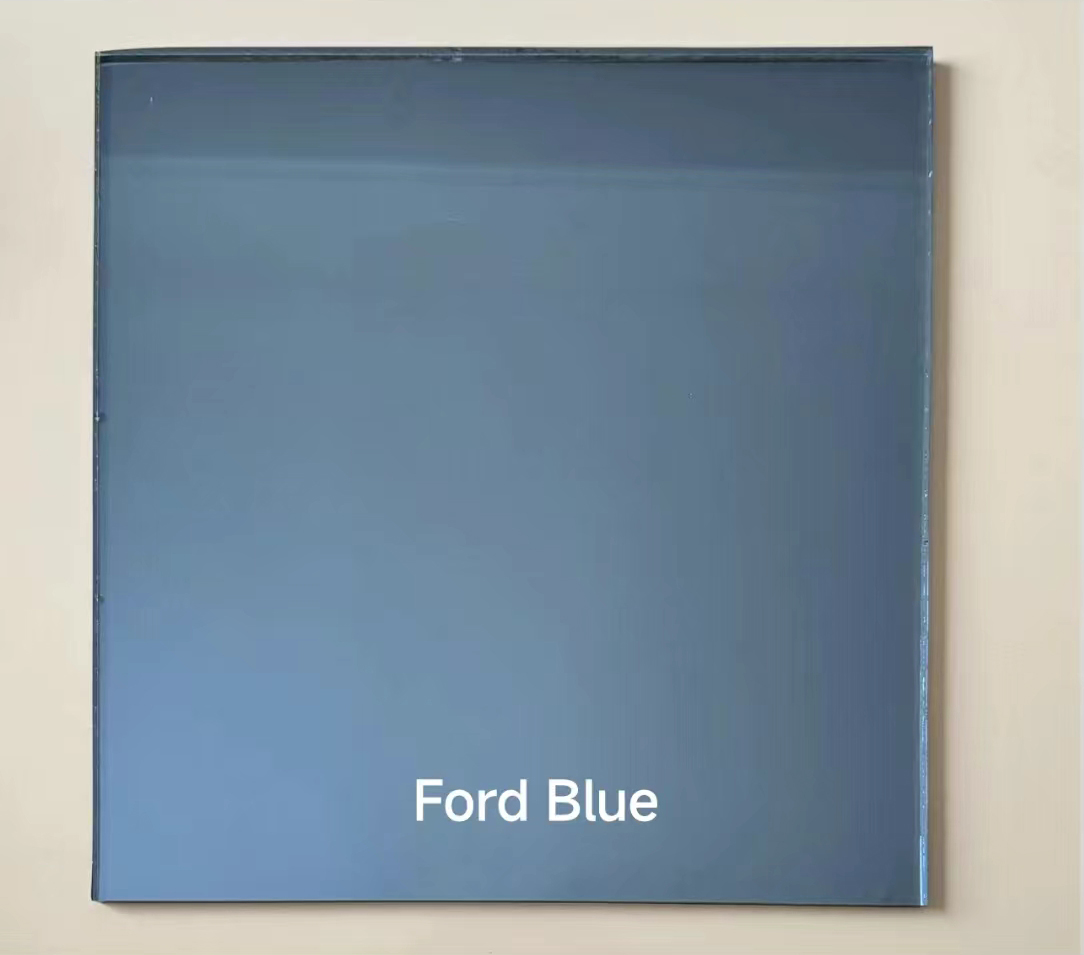

The Benefits and Applications of Sealed Insulating Glass
Sealed insulating glass, often referred to as double-glazing or triple-glazing depending on the number of panes, has become a standard in modern architectural design. This innovative building material, which consists of two or more glass panes separated by a space filled with air or gas, offers remarkable insulation properties that enhance energy efficiency in both residential and commercial buildings.
One of the primary advantages of sealed insulating glass is its energy efficiency. By creating an insulating barrier, this type of glass reduces heat transfer, keeping interiors warm during the winter months and cool in the summer. This results not only in improved comfort for occupants but also significantly reduces the need for heating and cooling systems to work overtime. Consequently, energy consumption decreases, leading to lower utility bills and a reduced carbon footprint. Various gases, such as argon or krypton, are often used to fill the space between the panes, as they are less conductive than air, providing even greater insulation.
In addition to energy efficiency, sealed insulating glass also significantly enhances soundproofing. Buildings located in busy urban environments or near transport hubs benefit from the sound-dampening qualities of insulating glass. The multiple panes of glass and the gas-filled spaces between them act as barriers to external noise, making living and working environments more peaceful and conducive to productivity. This feature is especially important in urban planning, as it helps create quieter residential areas amidst the hustle and bustle of city life.
Safety and security are other key advantages of sealed insulating glass. Many modern insulating glass units are made with toughened or laminated glass, which provides higher resistance to impact compared to standard glass. This additional strength is crucial for safeguarding against break-ins or accidents, making sealed insulating glass a preferred choice for both homes and commercial buildings. Furthermore, these units offer UV protection, shielding interior furnishings from sun damage and prolonging their life.

The aesthetic appeal of sealed insulating glass cannot be overlooked. Available in various designs, tints, and finishes, this glazing option can enhance the visual appeal of a building while providing functional benefits. Whether used in large windows, glass facades, or sliding doors, sealed insulating glass allows for expansive views and ample natural light, creating bright and inviting spaces.
The applications of sealed insulating glass extend beyond residential and commercial buildings. They are widely used in the automotive industry for windshields and side windows, in facades of high-rise buildings, and even in aerospace applications. The versatility of this material makes it a popular choice across various sectors, catering to the diverse needs of architects, builders, and manufacturers.
However, it is essential to acknowledge that the performance of sealed insulating glass depends largely on proper installation and maintenance. Poor installation can lead to issues such as seal failure, which compromises insulation properties and can cause condensation between the panes. Regular inspection and maintenance are vital to ensuring the longevity and effectiveness of insulating glass units.
In conclusion, sealed insulating glass is an invaluable component of modern architecture, offering numerous benefits including energy efficiency, soundproofing, enhanced safety, and aesthetic appeal. As buildings continue to evolve toward sustainability and energy conservation, the role of insulating glass will only expand. Its versatility and performance characteristics make it an ideal choice for a wide range of applications, contributing not only to individual comfort but also to a greener future for our planet.